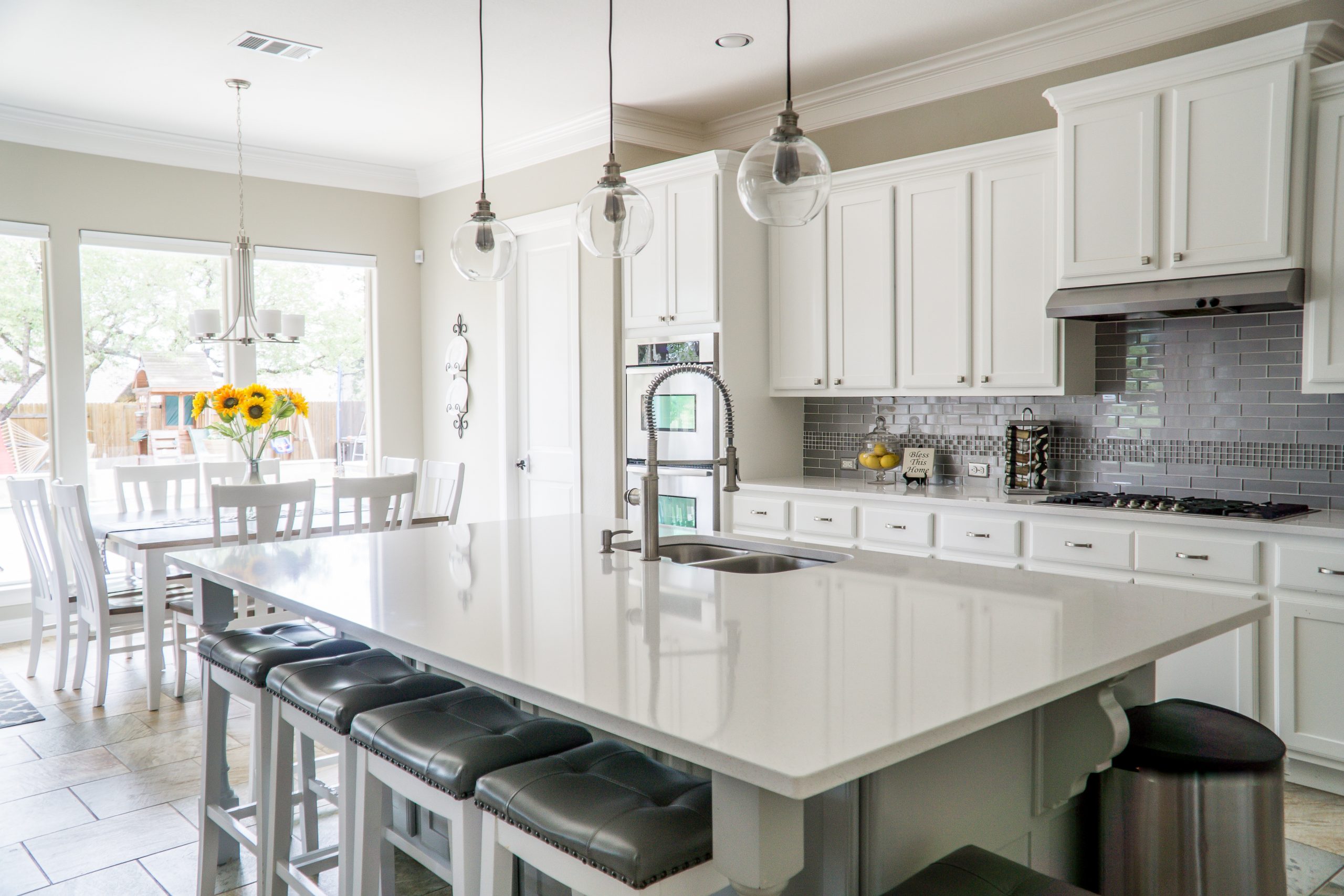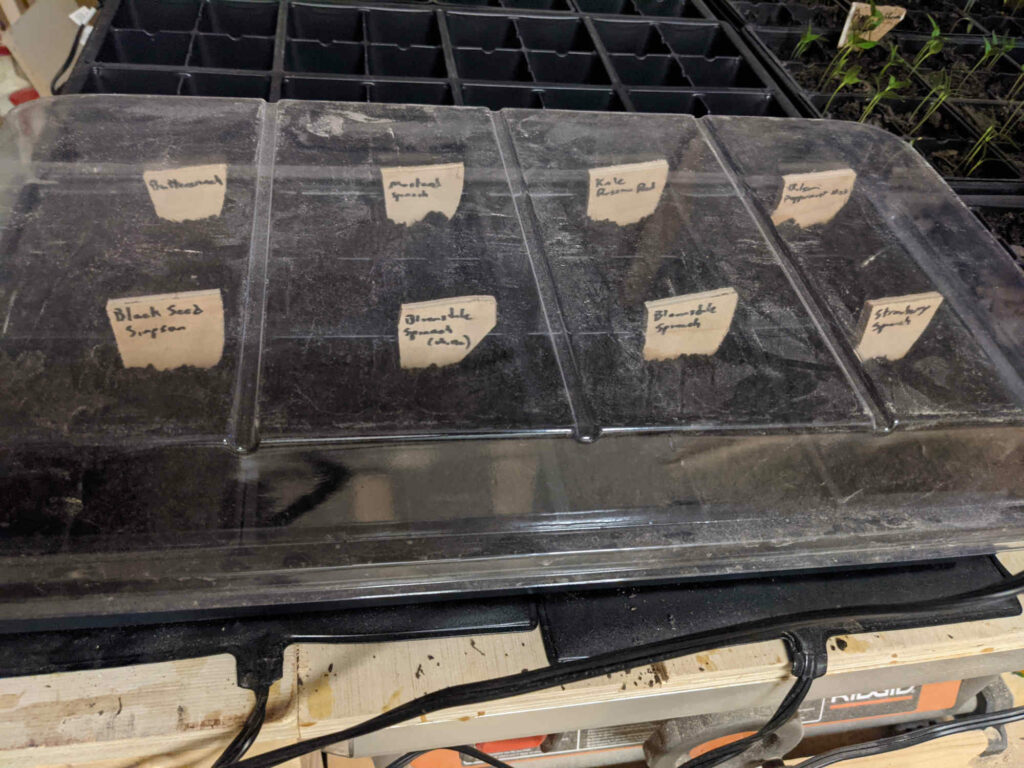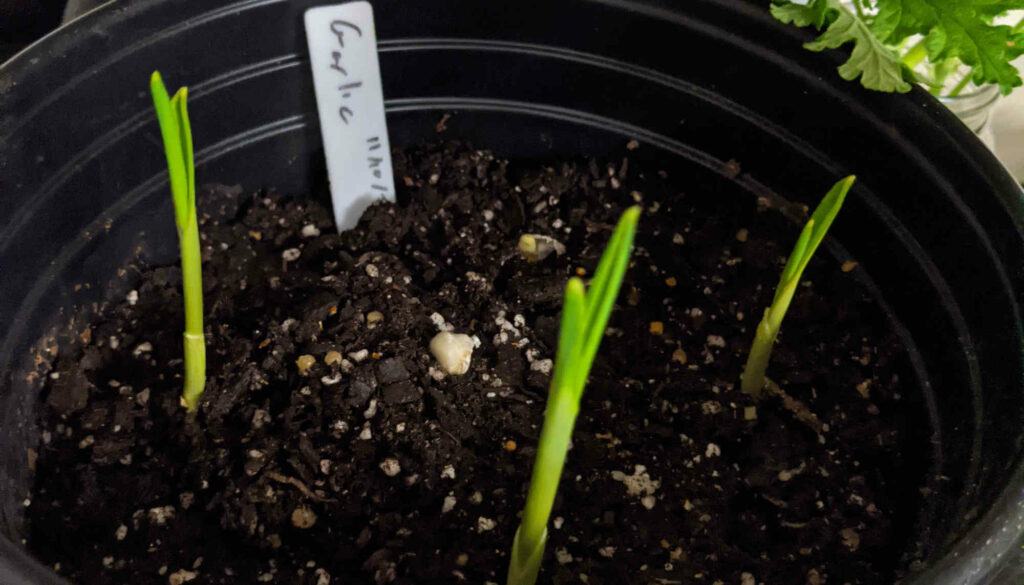Proper kitchen care and maintenance depends on the types of counters you have. Many of them look alike. How do you know which type you have?
Laminate
Laminate countertops are on the cheaper end of counters and they tend to have the shortest lifespans. You can identify them by their glossy thin covering. Typically, it is easiest to identify along edges and underneath. The base of laminate countertops is generally MDF or OSB boards.
Most often, laminate countertops are white or off-white, but they can come in any color. Additionally, the underside of laminate is always just an ugly composite or wood material.
Unfortunately, you need to worry about heat, water, and scratching when it comes to laminate countertops. Cleaning and caring for them is also quite easy.
Marble
Marble is considered a luxury. It is an incredibly heavy and beautiful rock. However, it is also more porous and malleable than other rock-type counters like granite or quartz.
The way to determine if you’re dealing with marble is by trying to scratch it. Because of its malleability, knife marks should show up. I recommend trying this on the underside. Alternatively, you can look for scratches already on your countertop.
The coolest thing about marble is no two counters will look alike. Also, because of marble’s limitations, there are maximum size limitations.
Granite
Granite is the name given to most rock countertops that are not marble. It can contain several types of rocks and minerals in the same slab. However, the main way to determine granite is the veins of color instead of patches.
Fun fact: it is fake granite if the veins are exactly mirrored on the top and bottom of the counter. Real granite has veins that are offset.
Stainless Steel
Stainless steel has a specific aesthetic. Fortunately, it’s, by far, the easiest to recognize. Is your counter shiny, silver, and cool to the touch? Yep. That’s stainless steel. It can be shiny or brushed.
You can put hot things on stainless steel counters, but you probably shouldn’t. It is also not scratch resistant, so don’t cut on it.
Butcherblock
Butcherblock is back. That’s a phrase right? Butcherblock countertops are counters made from pieces of wood compressed and held together with glue or epoxy. They typically have several coats of polyurethane, oil, or epoxy for protection.
Butcherblocks are spectacularly resilient because they already have a rough look to them. Any damage can be relatively easily repaired and it is naturally scratch and heat resistant.
Soapstone
Soapstone is a cool (pun intended) style of counter. It looks like flint. It’s generally black, but can come in bluish colors as well.
Advantageously, soapstone is very heat and acid resistant. Unfortunately, soapstone is also very soft. It can be easily damaged by kitchenware and knives.
Quartz
Quartz is a manufactured countertop. It looks like marble or granite. However, unlike marble, quartz has a more uniform pattern and colors throughout. Additionally, quartz can come in an endless number of colors and patterns.
If you look closely at quartz, you’ll notice there are repeated patterns in the counter. Granite and marble don’t have this because they occur naturally.
Structurally, there’s very limited difference between granite and quartz. Both can chip, stain, and scratch. However, they’re still very strong materials to use as countertops.
Solid Surface
Solid surfaces can be all sorts of epoxy, resin, or other acrylic materials. They have a very specific plastic, glassy, feel. Because of their plastic-like nature, they’re susceptible to heat.
Fortunately, solid surfaces can come in a huge variety of colors. They’re also very easy to clean and are stain resistant.
Ceramic Tile
Ceramic tiles are also easy to identify. We all know what tiles look like. Ceramic tiles use separate tiles grouted together. The tile portion of the counter would be easy to clean. However, grout tends to be harder to clean.
Ceramic is somewhat heat, stain, and scratch resistant.
Concrete
Concrete doesn’t have to be just grey. Acid washed and polished concrete can be incredibly attractive. A great way to tell if your countertop is concrete is to look underneath it. Usually, the bottom will look like ordinary concrete. Unfortunately, that’s not always the case.
Concrete is very heat and scratch resistant. It can stand virtually any amount of heat or scratches you throw at it. However, concrete can chip, stain, and crack if not cared for.
Types of Counters
Knowing the types of counters you have makes all the difference. You’ll need to perform routine maintenance on any counter. Each types of counters have different types of care.







Leave a Reply